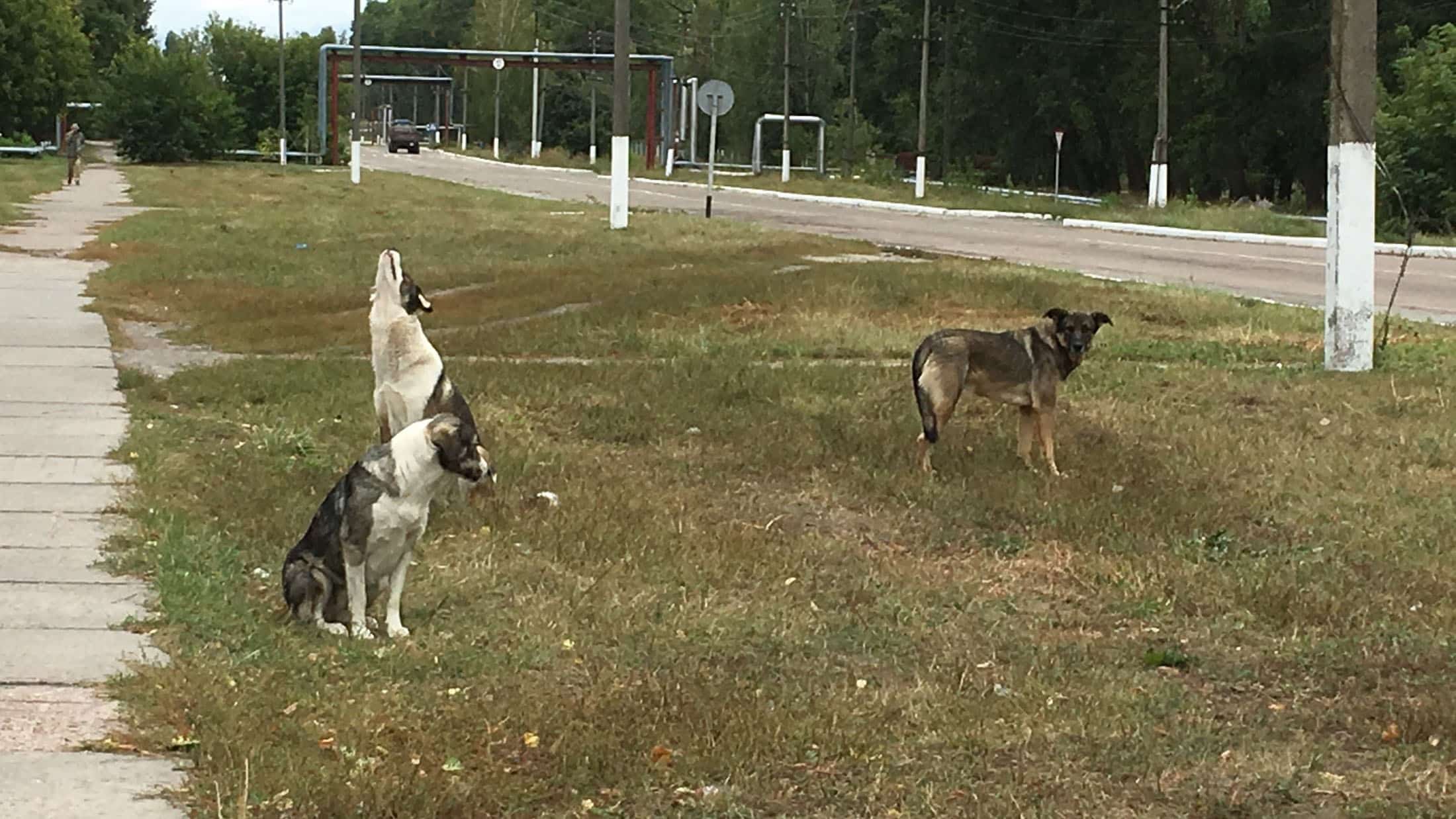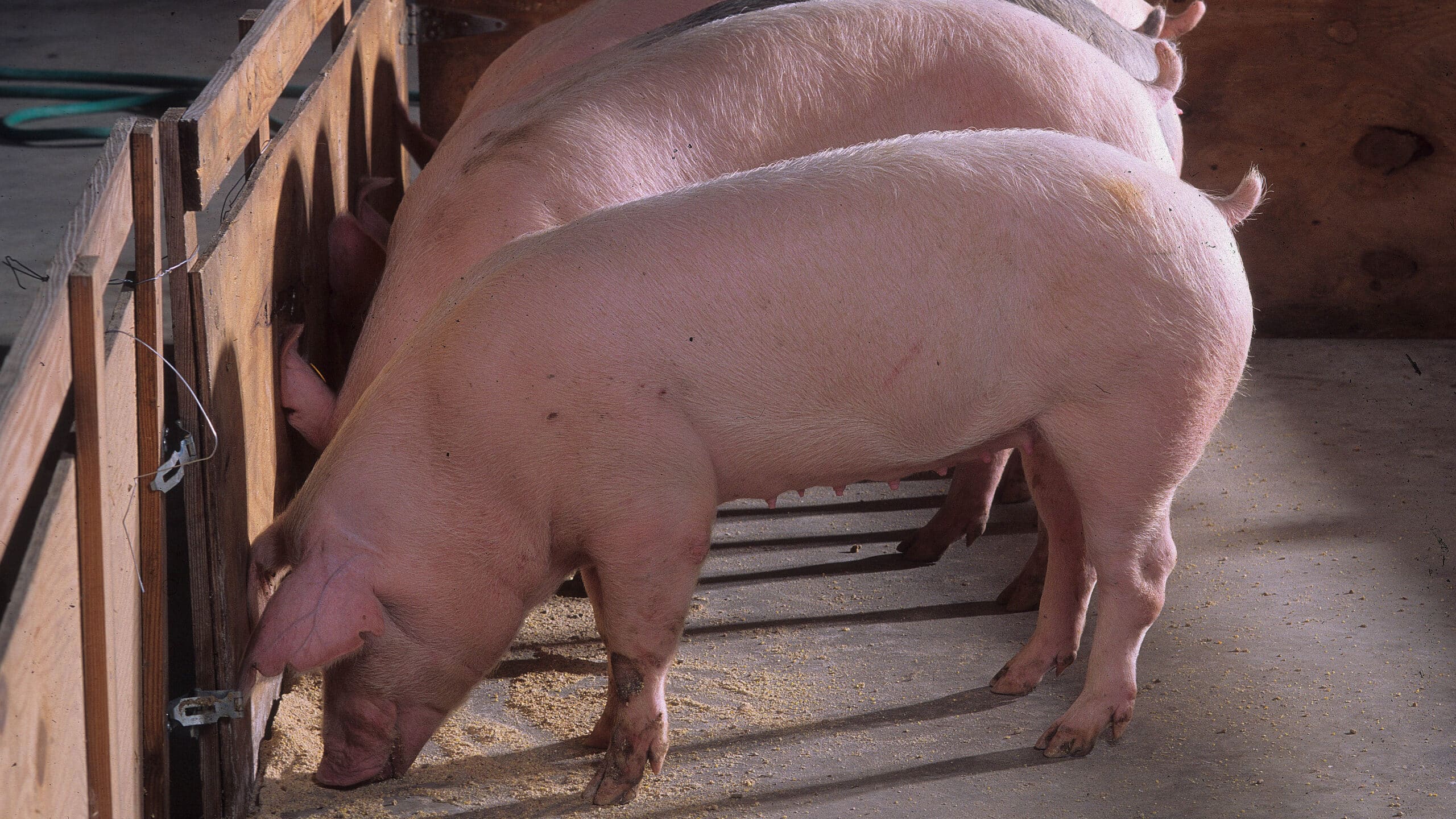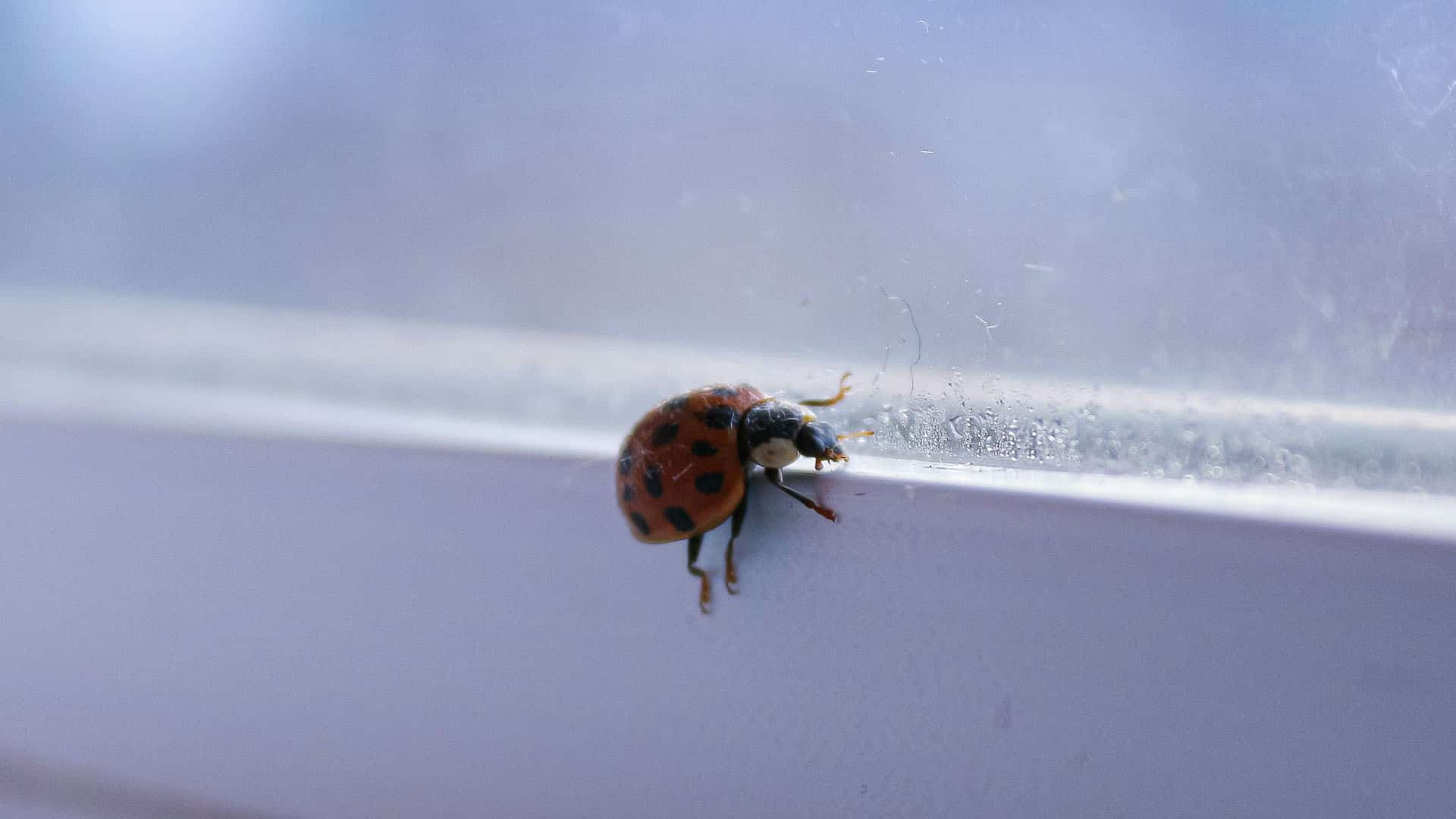Chornobyl Dogs’ Genetic Differences Not Due to Mutation

For Immediate Release
Radiation-induced mutation is unlikely to have induced genetic differences between dog populations in Chornobyl City and the nearby Chornobyl Nuclear Power Plant (NPP), according to a new study in PLOS ONE from North Carolina State University and Columbia University Mailman School of Public Health. The study has implications for understanding the effects of environmental contamination on populations over time.
“We have been working with two dog populations that, while separated by just 16 kilometers, or about 10 miles, are genetically distinct,” says Matthew Breen, Oscar J. Fletcher Distinguished Professor of Comparative Oncology Genetics at NC State. “We are trying to determine if low-level exposure over many years to environmental toxins such as radiation, lead, etcetera, could explain some of those differences.” Breen is the corresponding author of the study.
Previously, the team had analyzed genetic variants distributed across the genome and identified 391 outlier regions in the dogs that differed between the two populations. Some of these regions contained genes associated specifically with repair of DNA damage. In this new study, the researchers conducted a deeper dive into the genomes of the dogs to detect evidence of mutations that may have accumulated over time.
“First, we contextualized the level of genetic differences between two dog populations, which indicated that the genetics of Chornobyl City dogs were very similar to dog populations in Russia, Poland and the surrounding areas,” says Megan Dillon, Ph.D. candidate at NC State and lead author of the study. “That way, we were able to use the Chornobyl City dogs as a representative control population to compare with the NPP dogs.”
The researchers started to look for differences first at the chromosomal level, then at small genome intervals, and then at differences in single nucleotides. The team was looking for abnormalities and evidence of accumulated germ line DNA mutations, changes that occur in DNA of reproductive cells and are passed down from parent to offspring over time.
“Think of it like using the zoom function on your phone’s camera to get more details – we start with a wide view of a subject and then zoom in,” Breen says. “We know that, for example, exposure to high doses of radiation can introduce instability from the chromosomal level on down. While this dog population is 30 or more generations removed from the one present during the 1986 disaster, mutations would likely still be detectable if they conferred a survival advantage to those original dogs. But we didn’t find any such evidence in these dogs.”
While no evidence of genetic mutation was found, the researchers add that it doesn’t rule out the role of selective pressures in explaining the differences between the two dog populations.
“In human terms, this would be like studying a population that is centuries removed from the one present at the time of the disaster,” Dillon says. “It’s possible that the dogs that survived long enough to breed already had genetic traits that increased their ability to survive. So perhaps there was extreme selective pressure at the start, and then the dogs at the power plant just remained separate from the city population. Investigating that question is an important next step that we are now working on.”
The researchers point out that these findings are merely part of the bigger picture of the role that adverse environmental exposures can play in canine – and human – health.
“Most people think of the Chornobyl nuclear accident as a radiological disaster in an abandoned corner of Ukraine, but the potential adverse health implications are much wider,” says Norman Kleiman, co-author and professor of environmental health sciences at the Columbia University School of Public Health. “This is due to the many other toxins – including heavy metals, lead powder, pesticides, and asbestos – released into the environment during the ensuing cleanup and remediation over three decades.
“While noone lives at the NPP or in Pripyat anymore, up until the Russian invasion many thousands of people continued to work there every day on remediation and construction projects nearby,” Kleiman says. “Studying companion animals like these dogs offers a window into the kinds of adverse health risks that people may face.”
In addition to looking at the genetics of the dogs, the team also recently identified differences in ticks recovered from the dogs at the power plant and Chornobyl City and the prevalence of the pathogens they transmit. These results, published in the journal Parasites and Vectors, may reflect differential exposures to both ticks and microbes at the two locations.
“The importance of continuing to study the environmental health aspects of large-scale disasters like this cannot be overemphasized,” Kleiman said, “as it is certain, given our increasingly technological and industrial societies, there will invariably be other such disasters in the future, and we need to understand the potential health risks and how best to protect people.”
Allison Dickey, research scholar at NC State; Reade Roberts, associate professor of biological sciences at NC State; Jennifer Betz, veterinarian with Visiting Veterinarians International; and Timothy Mousseau, professor of biological sciences at the University of South Carolina, co-authored the work.
-peake-
Note to editors: An abstract follows.
“Is increased mutation driving genetic diversity in dogs within the Chornobyl exclusion zone?”
DOI: 10.1371/journal.pone.0315244
Authors: Megan N. Dillon, Allison N. Dickey, Reade B. Roberts, Matthew Breen; North Carolina State University; Jennifer A. Betz, Visiting Veterinarians International; Timothy A. Mousseau, University of South Carolina; Norman J. Kleiman, Columbia University
Published: Dec. 27, 2024 in PLOS ONE
Abstract:
Environmental contamination can have lasting impacts on surrounding communities, though the long-term impacts can be difficult to ascertain. The disaster at the Chornobyl Nuclear Power Plant in 1986 and subsequent remediation efforts resulted in contamination of the local environment with radioactive material, heavy metals, and additional environmental toxicants. Many of these are mutagenic in nature, and the full effect of these exposures on local flora and fauna has yet to be understood. Several hundred free-roaming dogs occupy the contaminated area surrounding the Chornobyl Nuclear Power Plant, and previous studies have highlighted a striking level of genetic differentiation between two geographically close populations of these dogs. With this work, we investigate mutation as a possible driver of this genetic differentiation. First, we consider large-scale mutation by assessing the karyotypic architecture of these dogs. We then search for evidence of mutation through short tandem repeat/microsatellite diversity analyses and by calculating the proportion of recently derived alleles in individuals in both populations. Through these analyses, we do not find evidence of differential mutation accumulation for these populations. Thus, we find no evidence that an increased mutation rate is driving the genetic differentiation between these two Chornobyl populations. The dog populations at Chornobyl present a unique opportunity for studying the genetic effects of the long-term exposures they have encountered, and this study expands and builds on previous work done in the area.


